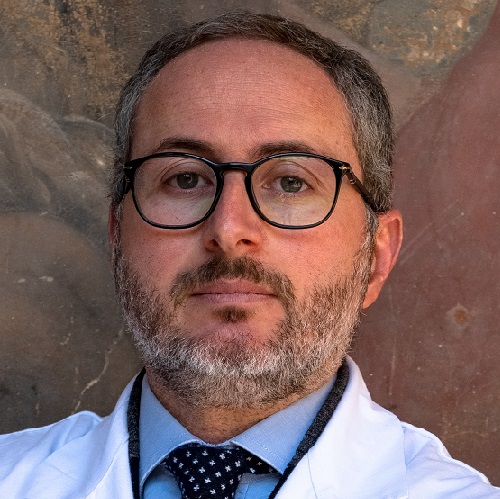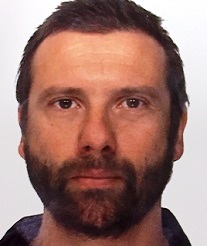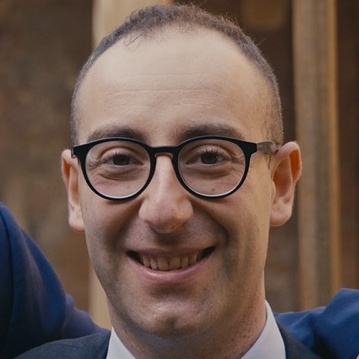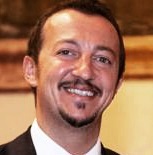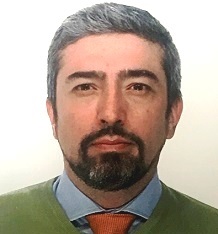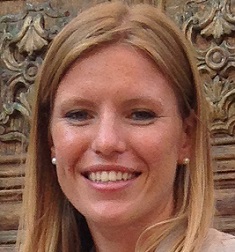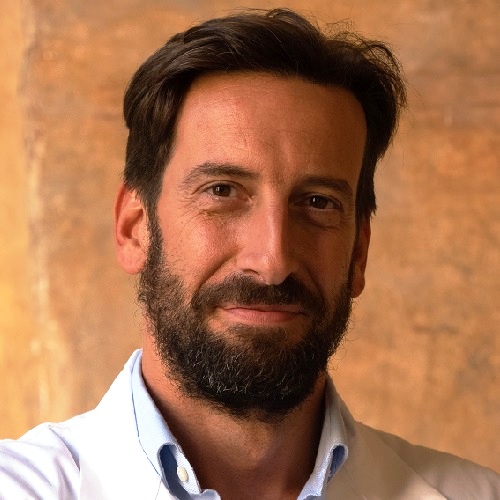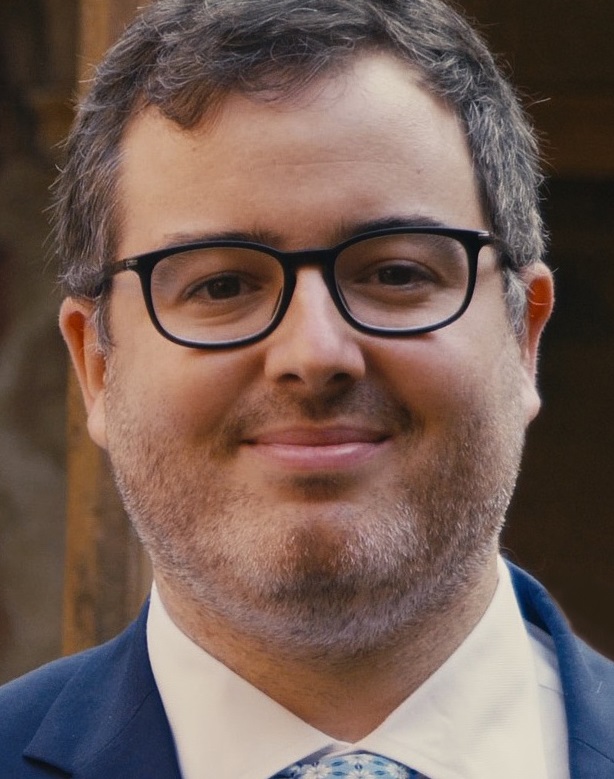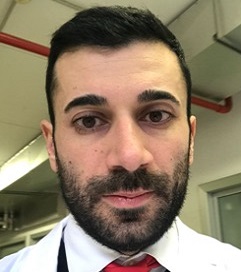Introduction
The 1st Orthopaedic and Traumatologic Clinic includes an Orthopedics and Traumatology hospitalization ward, a medical day hospital for all kinds of treatment, a medical outpatient surgery for specialist visits.
It is provided with 34 beds, organized in 10 rooms with 3 beds each and 2 rooms with 2 beds. All rooms are equipped with a restroom. The presence of the ward doctor is guaranteed every day from 8am to 8pm. Two nurses are available on each shift.
Clinical activity
The 1st Orthopaedic Clinic is characterized by the diagnosis and treatment of congenital and acquired deformities of the muscular-skeletal system (both limbs and vertebral column) and is prevalently oriented toward mini-invasive surgical techniques.
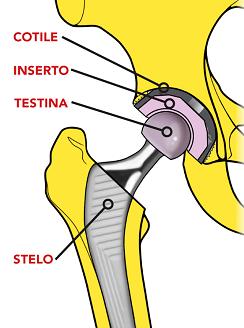 Regarding hip deformities, the activity of the 1st Clinic is focused on innovative techniques to save the joints in case of congenital deformities such as congenital dysplasia, slipped capital femoral epiphysis, Perthes disease, and on their outcomes through osteotomy. The intra-capsular neck deformities (Pincer and Cam), as well as the lesions of the labrum, are treated through hip arthroscopy, while osteochondral lesions of the joint cartilage are treated with regenerative medicine procedures.
Regarding hip deformities, the activity of the 1st Clinic is focused on innovative techniques to save the joints in case of congenital deformities such as congenital dysplasia, slipped capital femoral epiphysis, Perthes disease, and on their outcomes through osteotomy. The intra-capsular neck deformities (Pincer and Cam), as well as the lesions of the labrum, are treated through hip arthroscopy, while osteochondral lesions of the joint cartilage are treated with regenerative medicine procedures.
The reconstruction of the arthrosic hip, through its substitution with a hip prosthesis, in case of both primary arthrosis and outcomes of severe deformities, traumas or osteonecroses, is commonly performed through micro-invasive techniques to access the joint, with an anterior or posterolateral incision which allows an extremely praecox rehabilitation by saving muscular tissues, with both traditional implants and resurfacing prostheses.
Regarding knee deformities, the activity of the 1st Clinic is focused on innovative techniques to save the joints in case of severe valgus and varus deformities, of both congenital and post-traumatic nature, through corrective osteotomies.
 The substitution with a knee prosthesis, reserved to the cases of irreparable arthrosis, is commonly performed through surgical navigation, with the aim to reconstruct the mechanical and anatomical axis of the joint, a particularly complex intervention in the presence of severe congenital or post-traumatic deformities.
The substitution with a knee prosthesis, reserved to the cases of irreparable arthrosis, is commonly performed through surgical navigation, with the aim to reconstruct the mechanical and anatomical axis of the joint, a particularly complex intervention in the presence of severe congenital or post-traumatic deformities.
Lesions of the cruciate ligaments and of the meniscus are treated in arthroscopy through the most modern techniques of biological repair, such as meniscal suture, transplants and the reconstruction of the ligaments, totally performed through arthroscopy. The cartilage lesions, such as osteochondritis dissecans and osteochondrosis, are treated through techniques of cartilage regenerative medicine.
Regarding foot deformities, the activity of the 1st Clinic is focused on corrective mini-invasive techniques for the most common deformities of the forefoot, such as the hallux valgus, hammer fingers and mallet fingers, through very undersized incisions and a temporary synthesis with metal threads, permitting deambulation immediately after the surgical intervention.
Routinely treated are the deformities of the hind foot, such as the flat foot in children and adults as a consequence of the infantile flat foot, untreated with mini-invasive techniques of internal correction during growth (arthrorisis of the subtalar joint), of modifications of the heel after the growth, or in case of severe arthrosis of the subtalar arthrodesis. The treatment of the claw-foot is performed after an accurate neurologic visit, in order to choose the best corrective strategy, considering the possible presence of a myopathy behind the deformity.
In addition, outcomes of severe foot and ankle fractures (heel, astragalus, malleoluses, midfoot), are treated with innovative techniques of joint reconstruction.
Lesions of the ankle capsular ligaments are treated through reconstruction of the lesion, and, in case they are associated to joint cartilage lesions, the cartilage is repaired through techniques of regenerative medicine in arthroscopy.
Regarding vertebral pathologies, the activity of the 1st Clinic is focused both on degenerative pathologies of the vertebral column, such as cervical and lumbar herniated discs, stenoses of the vertebral channel, degenerative scoliosis, and on growth deformities like scoliosis, kyphosis and spondylolisthesis. In particular, growth deformities (scoliosis, kyphosis) are treated, when possible, with orthopedic corsets, and, in case of severe deformities, the corrective selective column arthrodesis intervention is commonly performed with peduncle screws and titanium bars, which allow to correct a considerable part of the deformity, sparing most of the movement of the lumbar column.
Staff

Contacts and Locations
Secretary's Office
phone +39- 051-6366251
fax +39-051-6366175
e-mail manuela.alberti@ior.it
Istituto Ortopedico Rizzoli
via G.C.Pupilli, 1
40136 Bologna (Italy)

